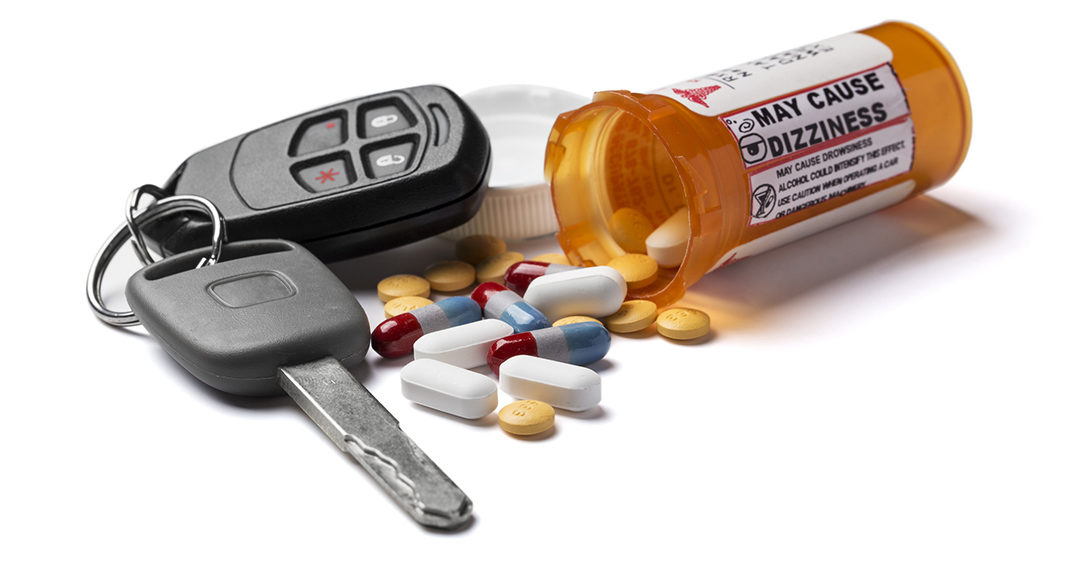A new Government campaign has been launched in the U.S. highlighting how prescription and over the counter (OTC) medication can impair driving.
Impaired driving is generally associated with alcohol, prescription drug abuse or illegal drug use but The Department of Transportationâs National Highway Traffic Safety Administration (NHTSA) initiative âThereâs more than one way to drive under the influenceâ has been set up to show how legally-obtained and commonly used drugs and medications can also affect a userâs ability to drive safely.
The campaign (running until November 17, 2019) aims to highlight to motorists how medication like antidepressants, opioids, and sleep aids, and even cold and allergy medicines can cause side effects like drowsiness, nausea, or blurred vision which can put drivers at risk.
In a national roadside survey of drivers conducted in 2013-2014, NHTSA found that during the daytime on weekdays, ten percent of drivers tested positive for the presence of a prescription or OTC drug.
NHTSA recommends these simple tips to stay safe:
- If you know that you will be driving, donât take drugs that can impair your ability to drive.
- If youâre taking a new prescription drug or a higher dose of a current prescription drug, do not drive until you know what effect it has on your judgement, coordination, and reaction time.
- Read and follow all drug warning labels carefully and abide by warnings against âoperating heavy machinery,â which includes a motor vehicle.
- If you do use an impairing drug, designate a sober driver, call a cab or use a ride-hailing service.
- Some medications may not impair you on their own, but if taken with a second medication or with alcohol, they may cause impairment.
- If you see an impaired driver on the road, contact local law enforcement.
- If you know someone is about to drive while impaired, take their keys and help them make safe, sober travel arrangements to where they are going.



















